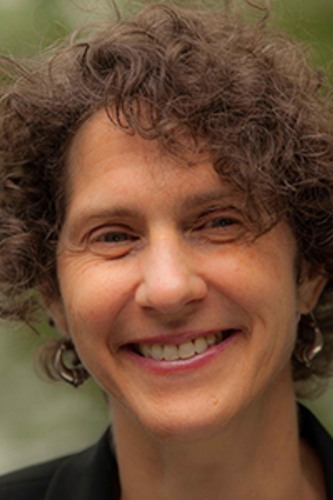
Amy G. Remensnyder
Biography
Amy G. Remensnyder joined the Brown faculty in 1993 as an assistant professor of History. Named the Stephen Robert Assistant Professor in 1995, she was promoted to associate professor in 1998 and to full professor in 2014. She earned her A.B. summa cum laude from Harvard University, studied at Cambridge University and the Ecole des Hautes Etudes in Paris, and received her Ph.D. in History from the University of California at Berkeley. Her honors include the Van Courtland Elliott Prize from the Medieval Academy of America, Brown’s William G. McLoughlin Award for Teaching Excellence, and Brown’s Academic Advisor Award. She has held research fellowships from the Institute of Advanced Study in Princeton, the American Council of Learned Societies, the John Simon Guggenheim Memorial Foundation, and most recently, the Käte Hamburger Kolleg of the Ruhr-Universität in Germany. The author of a book about medieval monasteries and collective memory in southern France (Remembering Kings Past: Monastic Foundation Legends in Medieval Southern France, 1995), she has just published another about the Virgin Mary as a symbol of conquest and conversion in medieval Spain and colonial Mexico (La Conquistadora: The Virgin Mary at War and Peace in the Old and New Worlds, 2014). She is a co-editor of Why the Middle Ages Matter: Medieval Light on Modern Injustice (2011) and is the director of the Brown History Education Prison Project. Her professional service includes terms as a councilor of the Medieval Academy of America and a member of the editorial board of the Journal of Medieval Iberian Studies. She is currently working on three new projects:
1. An Island of Interfaith Trust in a Sea at War (a study of the way that medieval and early modern Muslim and Christian sailors made the Mediterranean island of Lampedusa into an interfaith refuge during centuries of warfare between the two faiths)
2. Neighbors: Life in a Medieval Borderland (a microhistory based on archival documents and focusing on the network of social, sexual, cultural, economic, and military relations that, in the fifteenth century, bound the Granadan Muslim town of Vera together with its Christian neighbor immediately across the frontier in Castile, Lorca)
3. A Global History of Captivity (a synthetic overview of the history of captivity across the world)